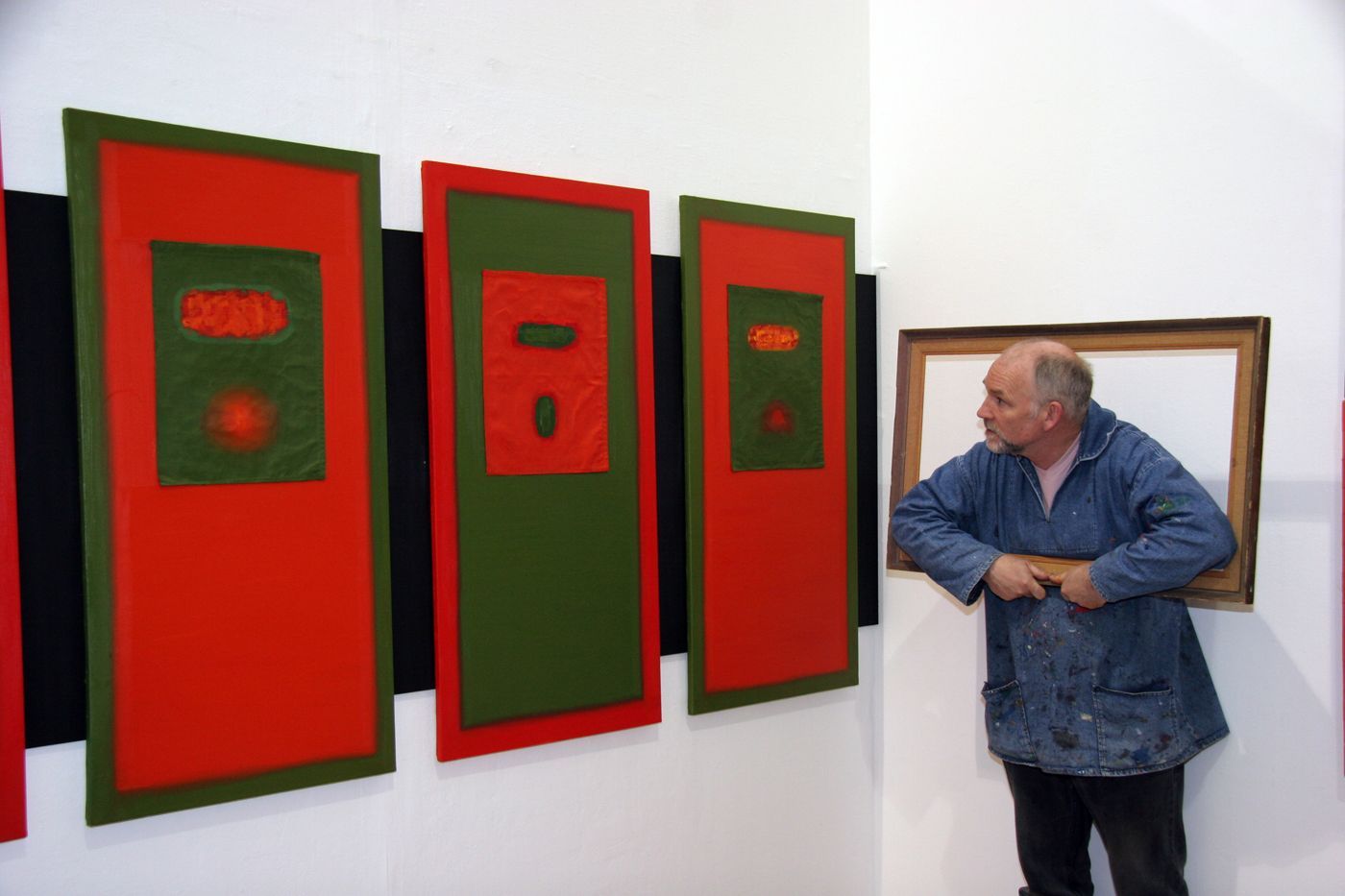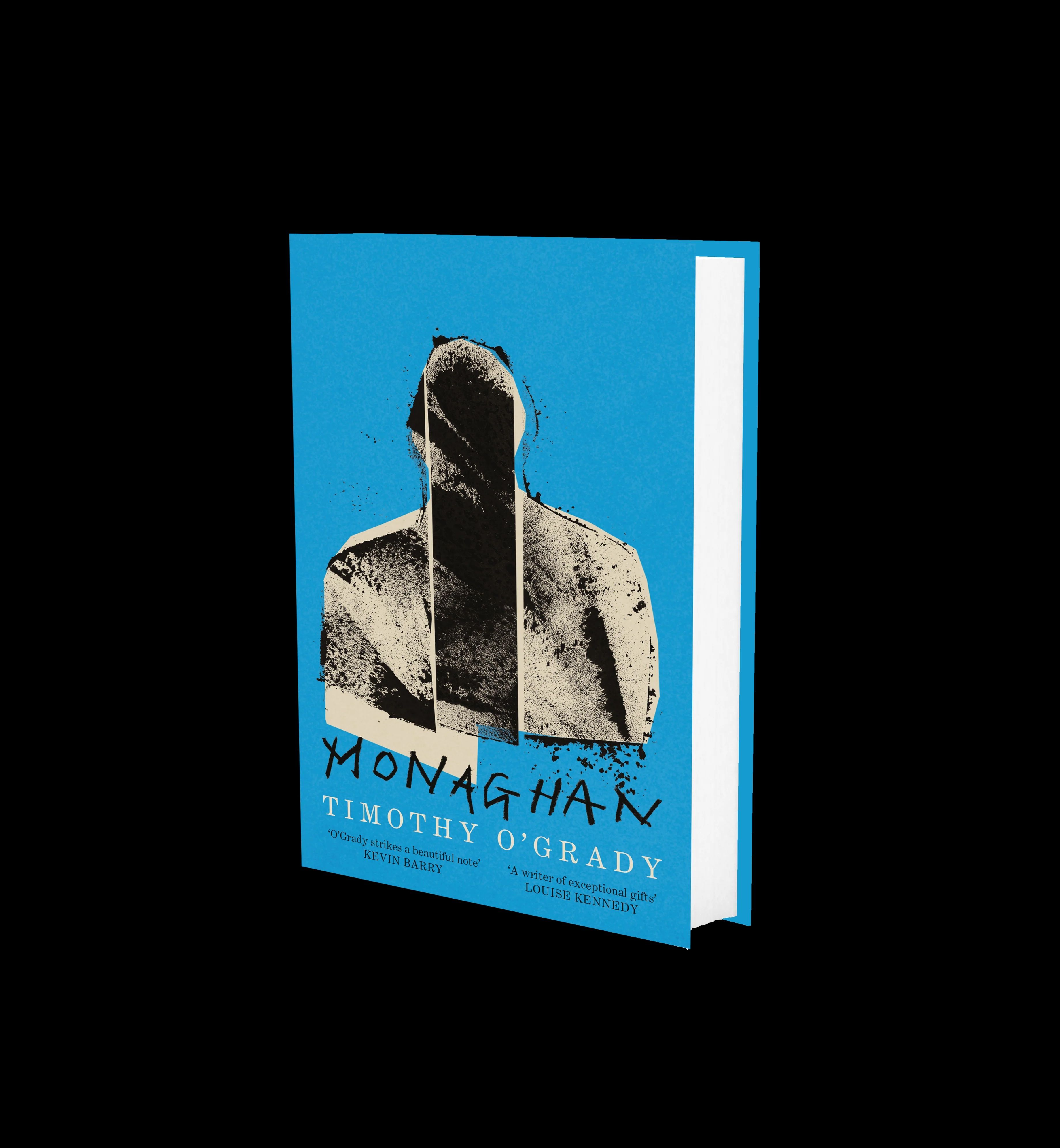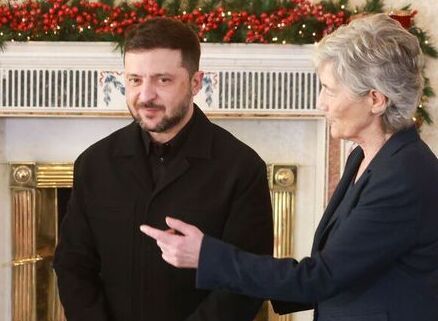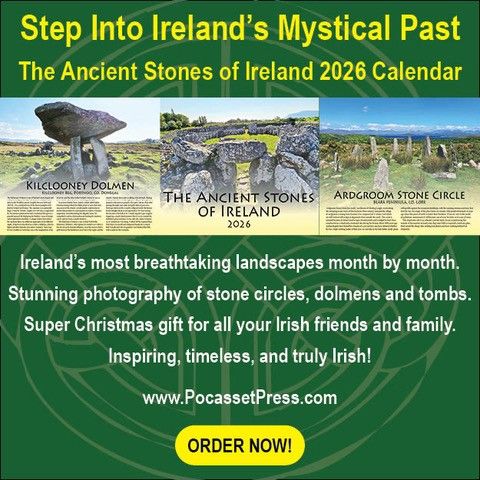In the classic short story ‘Guests of the Nation’ by Frank O’Connor, the narrator and his fellow soldier have befriended the two British hostages they’re charged with guarding. War of Independence is raging, yet the IRA men play cards with the hostages each night, adopt some of their quirky manners of speech, and debate the existence of God, capitalism, and honor.
Soon, however, the narrator learns that he’s required to assist in executing the two Brits in an act of retribution. His world shifts, and the narrator of ‘Guests of the Nation’ is haunted by the killings for the rest of his life. What makes the story soar—it’s among the best ever written—is the crossroads where O’Connor puts his characters to face ethically complex choices.
If Frank O’Connor could return and collaborate with, say, William Trevor, on a novel they might come up with something like ‘Monaghan,’ the new book by Timothy O’Grady.
O’Grady, who lives in Poland now, first came to Ireland after graduating from Northwestern University near Chicago.
‘Monaghan’, O’Grady’s first novel in over twenty years, is fearless, ambitious, and difficult to pigeonhole. It’s the story of three men: a Monaghan-born architect; An IRA sniper-turned-artist; And a wealthy American investment banker. O’Grady chose some ambitious complications in constructing ‘Monaghan,’ including using first person point of view for one character, but not the other two.
The author says the character of the IRA volunteer was inspired by the late Belfast IRA veteran Frank Quigley (below).
The novel is set in three locations: Monaghan, West Belfast, and San Francisco. It also takes chronological leaps, and it’s a testament to the author’s quirky intuitive brilliance that the fresh structural choices not only work, but give the novel wings. This is a tale of mystery, regret, memory, career choices, identity, and the quest for what might be called an ‘authentic’ life. Toss in the trio’s mostly-futile attempts to truly connect with the women in their lives.
PAINTER AND IRA ACTIVIST: Frank Quigley whose life's journey inspired one of the characters in 'Monaghan'
‘Monaghan’ also decisively undercuts the simplistic stereotype of rough men paralyzed by their past involvement in the violence of the Troubles. That is not to say that the two Irishmen in the novel are not damaged, not introspective about their own histories. In fact, it’s quite the opposite. The two men’s search for reconciliation and meaning in their personal histories is what drives ‘Monaghan’ and makes it a great novel.
‘Monaghan’ revolves around the three interconnected men, two of whom are still struggling with the Troubles. Architectural theorist Ronan Treanor finds himself at a crossroads in dealing with his disintegrating marriage, his inauthentic professional career, and his deceased older brother’s role in the IRA. Ronan learns that his brother was an IRA quartermaster, as well as the man who planted the bomb that killed several British soldiers—and a small child. When Ronan stumbles across an art exhibit called Monaghan, and learns the artist is a former IRA sniper who worked alongside Ronan’s brother, the novel gains great momentum.
The Sniper (he goes by a few names, but not that one) eventually leaves Belfast for Spain, and then San Francisco, where he struggles as an artist, but also struggles in connecting to the two intriguing women he meets. The Sniper meets Paul Crane on America’s west coast. The American is a brilliant but ethically complicated mathematical genius who has learned to manipulate the world of investment banking. Crane’s astute grasp of numbers and his disturbing fluency in conning his business friends are of little use to him when he’s confronted with a life-and-death ‘Sophie’s Choice.’ The surprising yet inevitable overlap of the lives of the three men make the novel a complex mosaic and continuously push the plot forward.
"TO BE SAVOURED": Timothy O'Grady
Reader beware, however: Timothy O’Grady is a writer to be savored, line-by-line, ideally read aloud, and not rushed through with a beeping mobile phone at your side. O’Grady’s work is meditative. This is not a novel to pick up intermittently and read in spots. Instead, ‘Monaghan’ demands the reader stay in first gear. The visceral experience of reading the novel is partly due to the inventive and stark line drawings by Anthony Lott.
In Frank O’Connor’s devastating story, ‘Guests of the Nation,’ the reader has to take a leap, as required in all great storytelling. O’Connor’s entire premise—IRA men during the War of Independence joking, debating, and playing cards each night with their British hostages before executing them—is made entirely believable because of the author’s mastery at the language level, through astute word choices and sentence construction. The same can be said of the new novel ‘Monaghan,’ which enlarges our view of what it means to be a human being affected by trauma and living with the legacy of the violence in Northern Ireland.
Rus Bradburd, the author of five books, has lived in Ireland intermittently for five years. He’s working on a new nonfiction story about the Syrian, Sudanese, and Ukrainian refugees who fled recent wars to settle in Belfast.
Timothy O'Grady will read from 'Monaghan' at Scribes at the Rock during Féile an Phobail on Thursday 7 August at 3:30pm. He is author of 'I Could Read the Sky', a reflection on Irish immigration to England, and, with Kenneth Griffith, the seminal work on the Irish revolution, 'Curious Journey: Oral History of Ireland's Unfinished Revolution'.
'Monaghan' by Timothy O'Grady is published by Boundless. A digital copy, retailing at £10, is available from The Boundless Publishing Group website.








